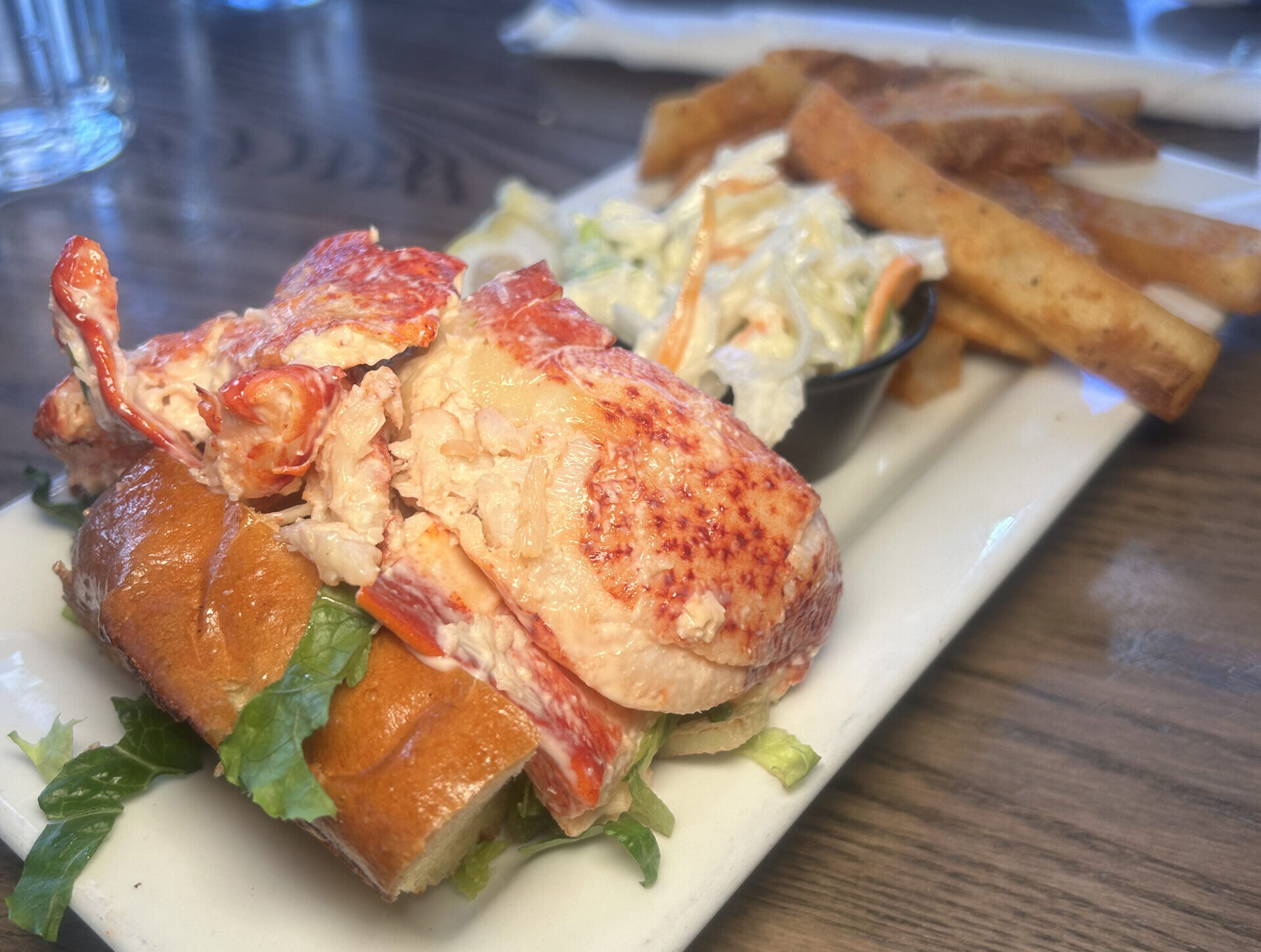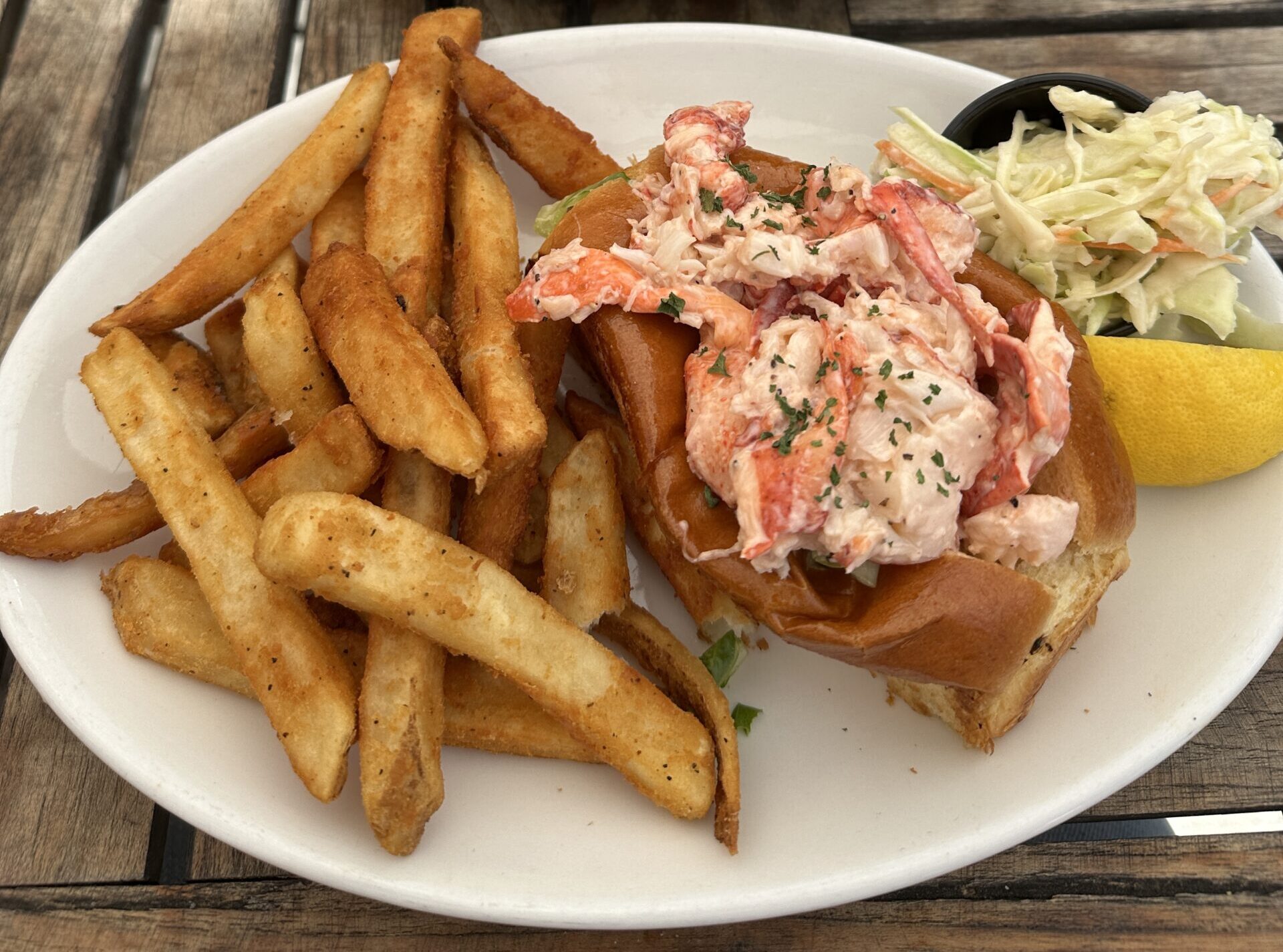The Evolution of a Regional Staple
When it comes to New England culinary classics, it’s never a question that the Lobster Roll is a mainstay at the top of the list. But, this savory treasure didn’t always hold the prestige that it does today. The seaside delicacy that is basically synonymous with New England cuisine came from humble beginnings. So, how did the lobster roll become an icon in New England, and specifically Boston? Its association with Boston and the broader New England region runs deep, rooted in the area’s maritime heritage, economic shifts, and evolving food culture. To truly appreciate the lobster roll’s current status as a regional staple, it is essential to trace its history and understand how it rose from humble beginnings to a place of culinary prominence.
Early Lobster Consumption: From Poverty Food to Luxury Item
In the 17th and 18th centuries, lobsters were incredibly abundant along the northeastern coast of the United States. Early European settlers initially regarded lobsters as a food for the poor. These crustaceans were so plentiful that they would wash up on beaches in piles, leading them to be dubbed the “cockroaches of the sea.” (We know, how dare they…).
By the 19th century, advances in transportation and the advent of canning technology began to shift perceptions of lobster. Railroads enabled the crustacean to be shipped inland, where it was marketed as an exotic delicacy. As demand grew among the wealthy, lobster transformed from a working-class food into a sought-after luxury. Julia Child even demonstrated how to make cold and hot lobster rolls with Jacques Pépin on an episode of The French Chef on June 27, 1971.
The Origins of the Lobster Roll
While lobster dishes such as bisques, boiled lobsters, and lobster salads gained popularity, the invention of the lobster roll is believed to have occurred in the early 20th century. It’s said that the first cold lobster salad recipe was recorded in ‘The American Frugal Housewife’ cookbook in 1829 by Lydia Maria Child, a prominent New England women’s rights activist. Her recipe included a dressing of egg yolks, oil, vinegar, mustard, and cayenne pepper, along with fine-cut lettuce, which is said to have inspired the recipe we know and love today. However, the first recorded instance of a lobster roll being served comes from a small restaurant named Perry’s in Milford, Connecticut, in the 1920s. According to local lore, Harry Perry created the sandwich for a customer who requested a portable way to enjoy lobster. This early version featured warm, buttered lobster meat served on white bread and later a hot dog-style bun.
The lobster roll remained a relatively obscure dish until the mid-20th century, when its popularity began to spread throughout New England. Its appeal lay in its simplicity and portability, making it a natural fit for roadside seafood shacks and casual eateries along the coast. The roll’s transformation into a regional staple was further fueled by the post-World War II economic boom, which saw an increase in tourism and automobile travel. Families driving through New England sought convenient and authentic local foods, and the lobster roll fit the bill perfectly.
The lobster roll really took off and rose to fame after a New York chef featured it on her menu and it gained traction with a prominent food publication. In 1997 Rebecca Charles opened Pearl Oyster Bar in Greenwich Village, a 22 seat bar with one single table. She spent a lot of time in Kennebunk, ME growing up and was inspired to open a small simple New England seafood restaurant in New York. Food writers and magazines caught on and the lobster roll basically became an overnight sensation across the country, earning dish of the year from Bon Apetit in 2006 and landing on the cover of Gourmet in 2009.
Two Styles Emerge: Connecticut vs. Maine
One of the defining features of the lobster roll today is the existence of two primary styles: the Connecticut-style and the Maine-style roll. Each reflects regional preferences and interpretations of how lobster should be enjoyed.
Connecticut-Style Lobster Roll: This version stays true to the original Perry’s creation, featuring warm lobster meat drenched in melted butter and served in a toasted, split-top bun. It’s a minimalist preparation that emphasizes the natural sweetness of the lobster.
Maine-Style Lobster Roll: In contrast, the Maine-style roll is served cold, with the lobster meat lightly dressed in mayonnaise. Often, it’s accompanied by celery or chives for added crunch and flavor. This style gained traction as lobster salad became a popular dish in the early 20th century.
Both styles are now widely available across New England and beyond, and debates about which is superior continue to divide lobster roll enthusiasts.

The Rise of the Lobster Roll in Boston
As a major hub of New England, Boston played a crucial role in cementing the lobster roll’s status as a regional staple. The city’s location along the coast and its historical ties to the fishing industry made it a natural epicenter for seafood cuisine. By the mid-20th century, lobster rolls were a common offering at Boston’s seafood markets, waterfront restaurants, and summer fairs.
The city’s famed dining institutions, such as Union Oyster House and Legal Sea Foods, helped popularize lobster dishes, while more casual establishments and food trucks embraced the portability of the lobster roll. In recent decades, Boston’s thriving culinary scene has elevated the lobster roll to new heights, with chefs experimenting with gourmet twists such as adding truffle butter, using brioche buns, or incorporating international flavors.
Cultural Significance and Tourism
The lobster roll’s association with New England goes beyond its taste; it’s a cultural symbol of the region’s maritime heritage and summer traditions. For locals, enjoying a lobster roll is often a nostalgic experience tied to beach outings, family vacations, and the joy of fresh seafood. For tourists, it’s a must-try dish that encapsulates the essence of coastal New England.
Boston, in particular, has embraced the lobster roll as a cornerstone of its food tourism industry. Visitors flock to the city’s waterfront areas, such as the Seaport District and Quincy Market, to sample this quintessential dish. Seasonal lobster festivals and food tours further reinforce the roll’s iconic status, drawing food lovers from around the world.

The Lobster Roll in Modern Times
In the 21st century, the lobster roll has achieved a level of ubiquity that few regional dishes can match. It has transcended its New England roots to become a nationally recognized food, appearing on menus from coast to coast. Despite its widespread popularity, the lobster roll remains deeply tied to its origins in New England, and Boston continues to serve as a focal point for its enduring legacy.
Contemporary iterations of the lobster roll reflect both tradition and innovation. High-end restaurants offer deconstructed or artisanal versions, while food trucks and casual eateries keep the classic recipes alive. The dish’s adaptability and broad appeal ensure that it will remain a beloved staple for generations to come.
Finding the Best Lobster Roll in Boston

You’ll see lobster rolls on most Boston menus but it’s important to know what to look for when ordering one to be sure you are getting the very best! You want to make sure the pricepoint is not too low, otherwise you may risk a lobster roll with some fillers. Definitely look out for anything called a “lobster salad roll,” as rock shrimp may be snuck in to beef things up. It’s always a bonus if the restaurant advertises fresh local catches as well! Our Boston food tours are a great way to taste this New England treasure; and many Boston walking tours feature a lobster roll tasting. If you want the best one around, and a hearty portion, join Bites of Boston for one of the best food tours in Boston!
Conclusion
The history of the lobster roll is a testament to the evolution of New England’s culinary landscape. From its beginnings as a humble way to enjoy lobster to its status as a regional icon, the roll embodies the ingenuity, resourcefulness, and love of seafood that define the area. In Boston and beyond, the lobster roll is more than just a meal—it’s a symbol of coastal culture, a bridge between past and present, and a delicious reminder of why New England remains a destination for food lovers. While the debate over hot and cold lobster rolls will continue for ages to come, everyone can agree that it’s worth the travel near or far to get their lobster roll fix!
Return to Boston Food and Fun Blog


